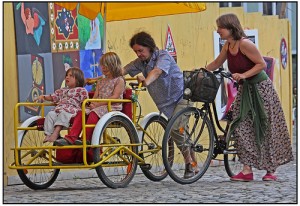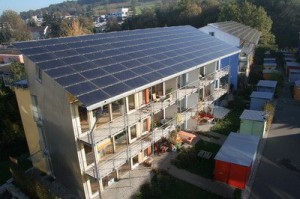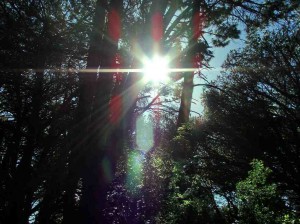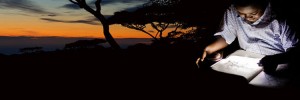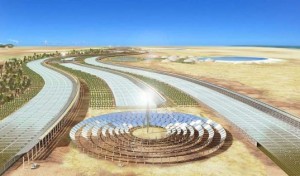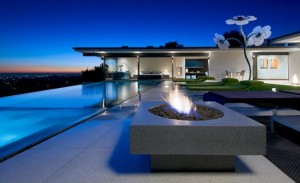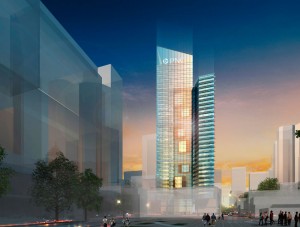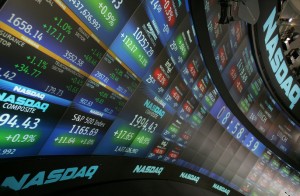 Sportswear maker Puma North America has installed a 1.9 megawatt solar power system at its warehouse and distribution facilities in Carson and Torrance, one of the largest solar projects in Los Angeles County.
Sportswear maker Puma North America has installed a 1.9 megawatt solar power system at its warehouse and distribution facilities in Carson and Torrance, one of the largest solar projects in Los Angeles County.
The system was installed by Premier Power Renewable Energy Inc., using more than 8,500 high-efficiency solar photovoltaic, or PV, panels — equal to about 380 residential solar systems – covering nearly 340,000 square feet of roof-top area.
The installation features a light-gauge steel racking system designed to optimize roof space while using fewer ballast blocks than a traditional system. “Given the optimal design of the roof-mounted solar system, Puma will receive the advantageous electricity production, which will allow them to stabilize long-term electricity rates, ultimately benefiting its customers, employees and the local communities,” the companies said.
Premier Power designed and engineered the solar systems to produce 2.2 million kilowatt-hours of electricity a year, enough to offset the annual carbon monoxide emission of 243 California homes or avoiding the annual carbon monoxide emission from using 4,662 barrels of oil or 225,501 gallons of gasoline, the companies said. The companies didn’t disclose cost of the solar power installations. Puma’s facilities in Carson and Torrance are operated by Brookvale International, a sister company of California Cartage Co. The two automated warehouses encompass 180,000 square feet for apparel and 300,000 square feet for footwear.


